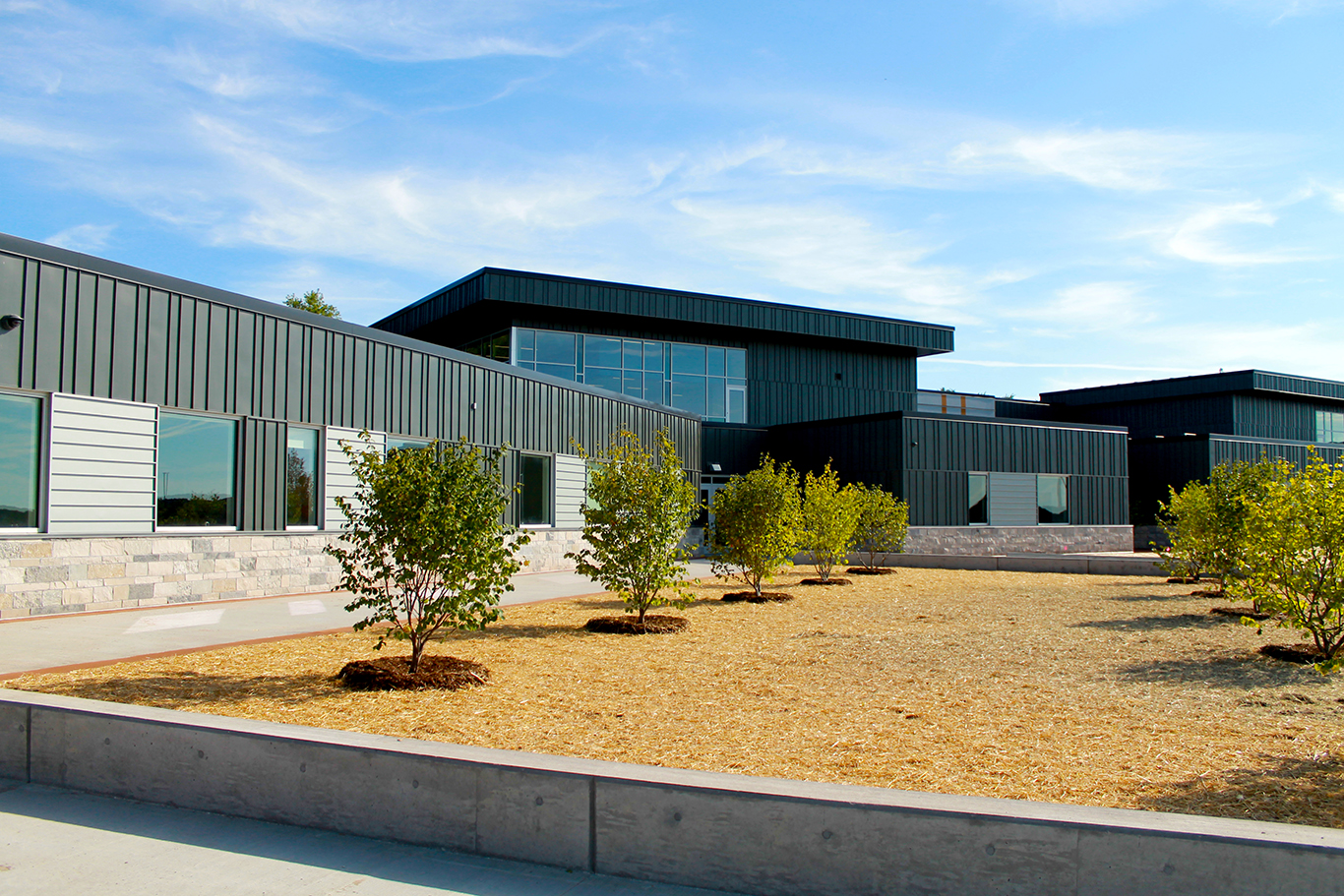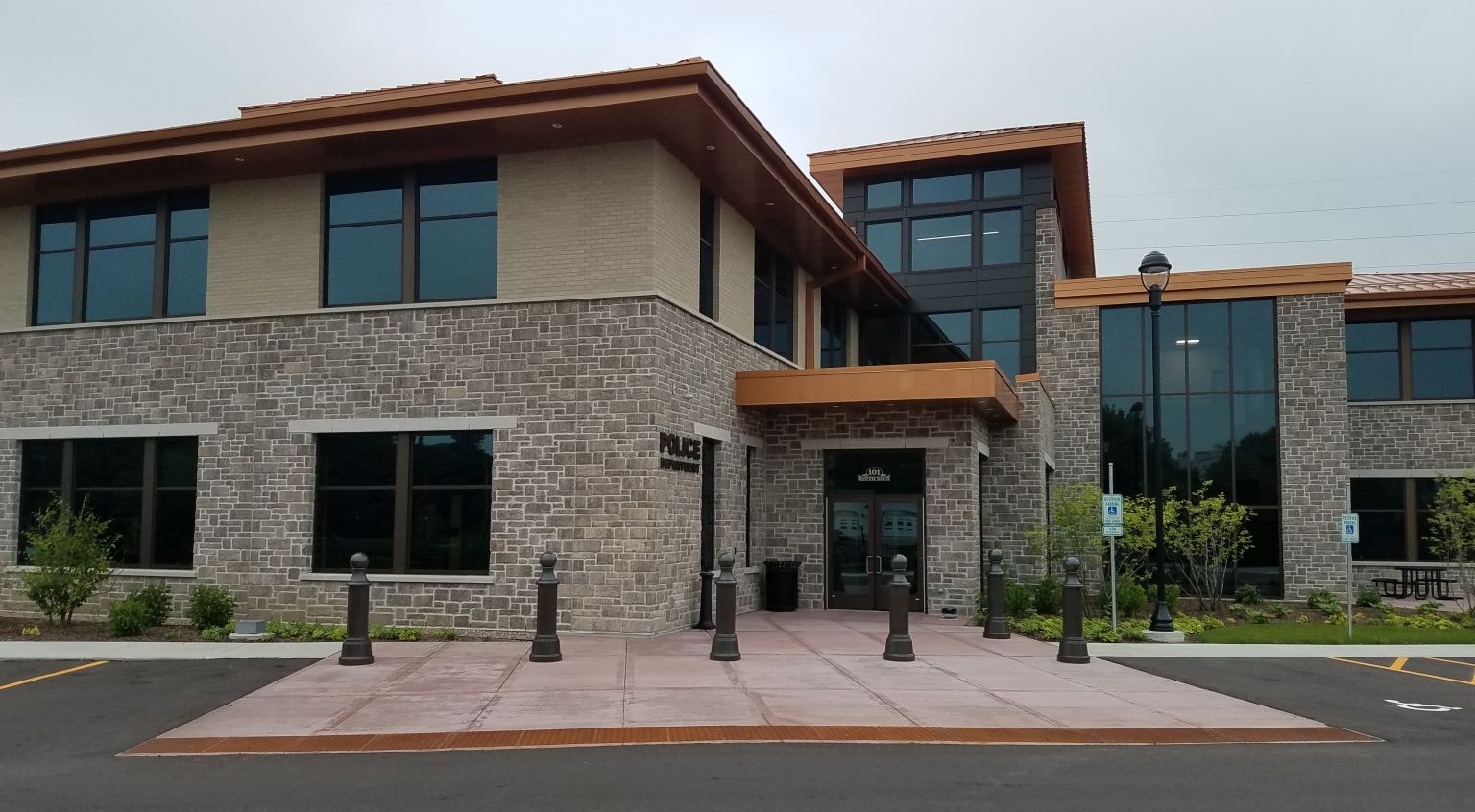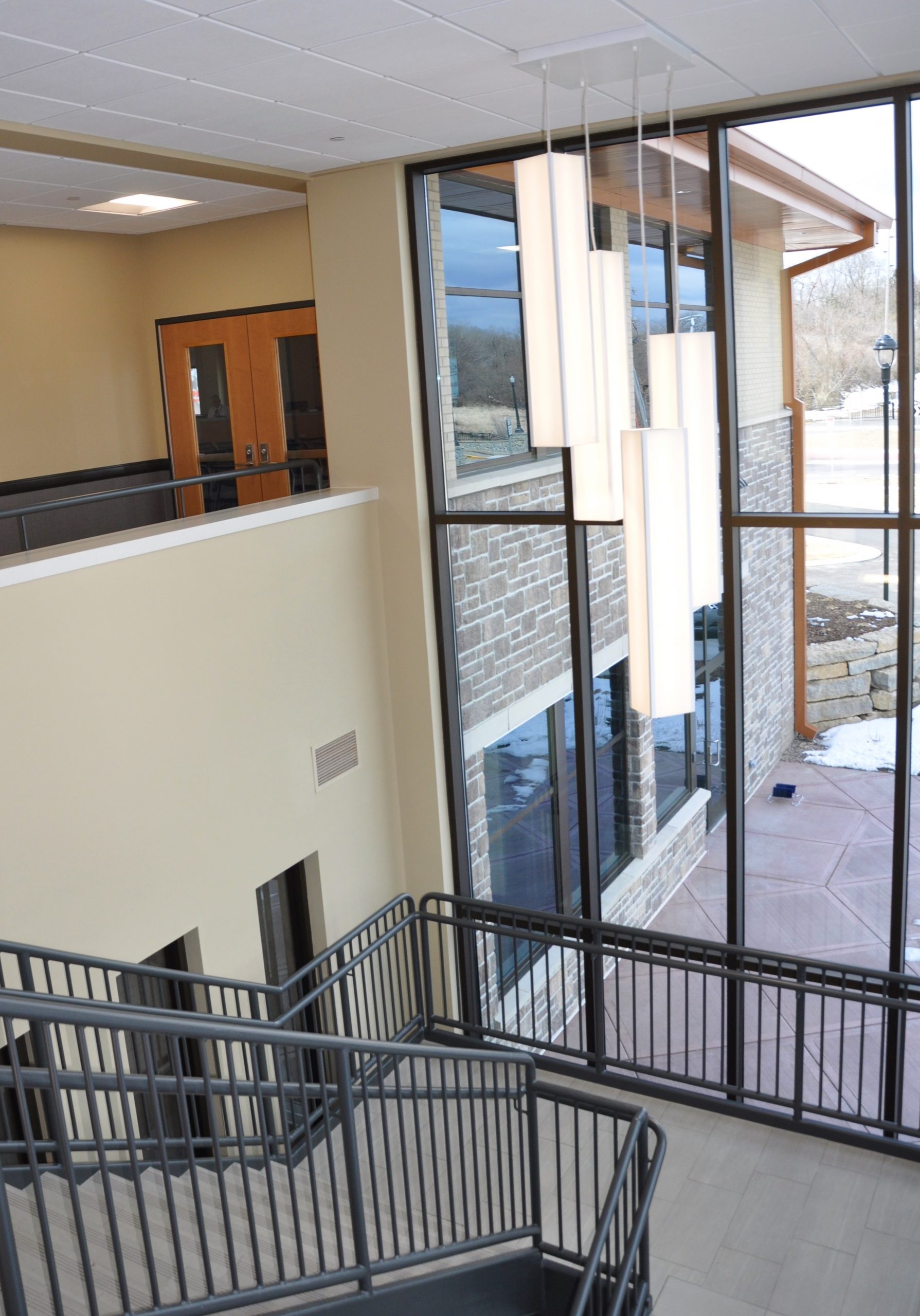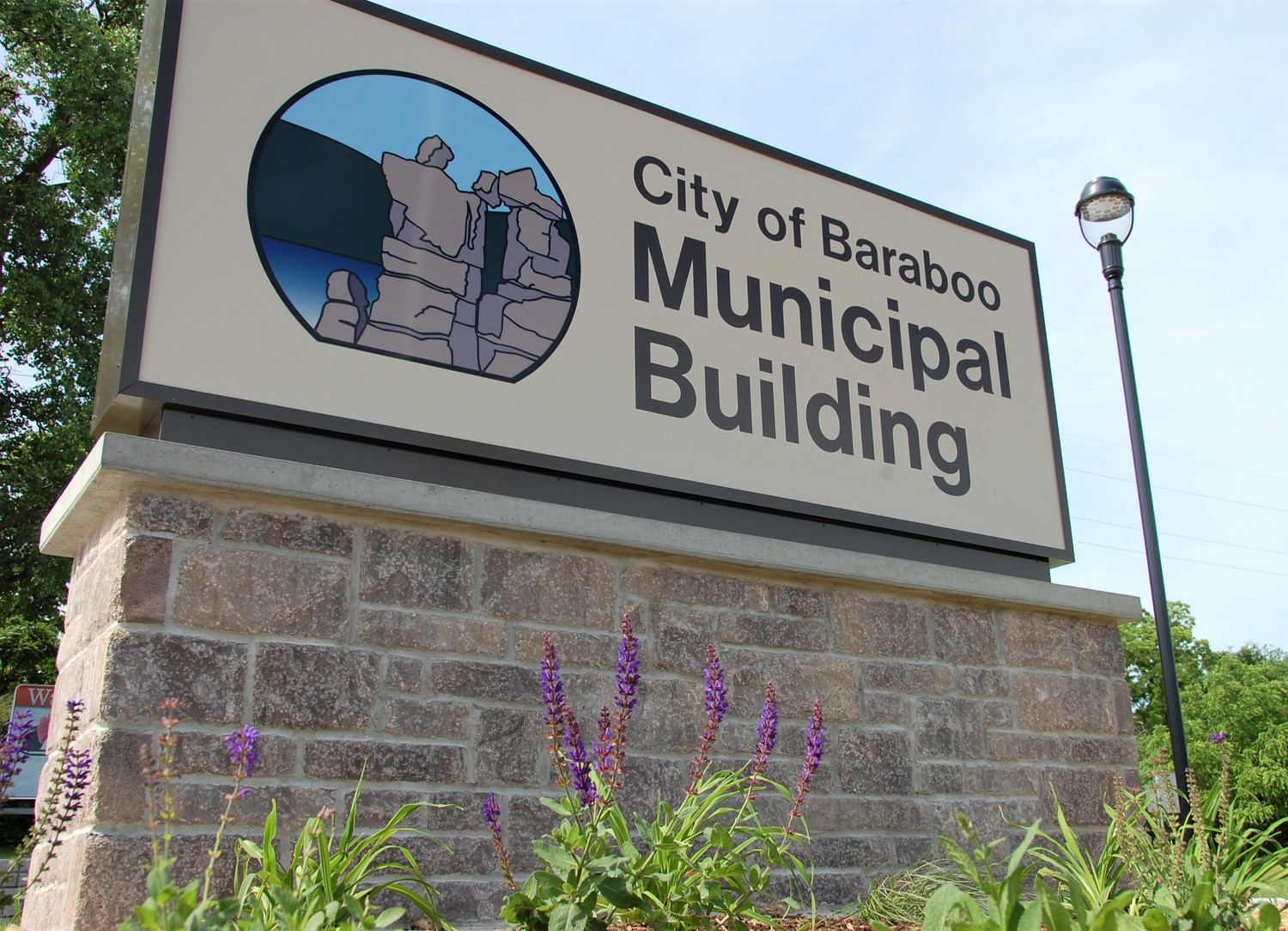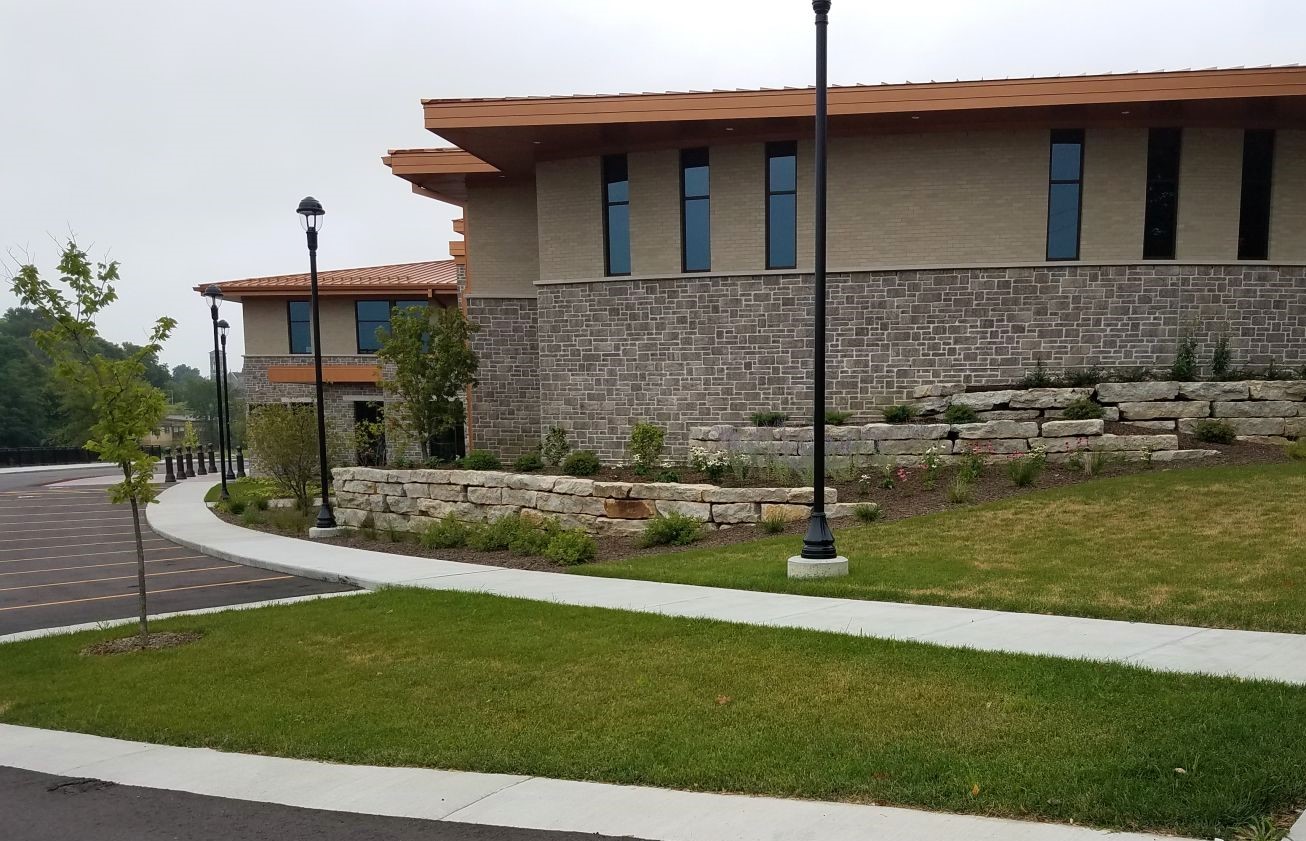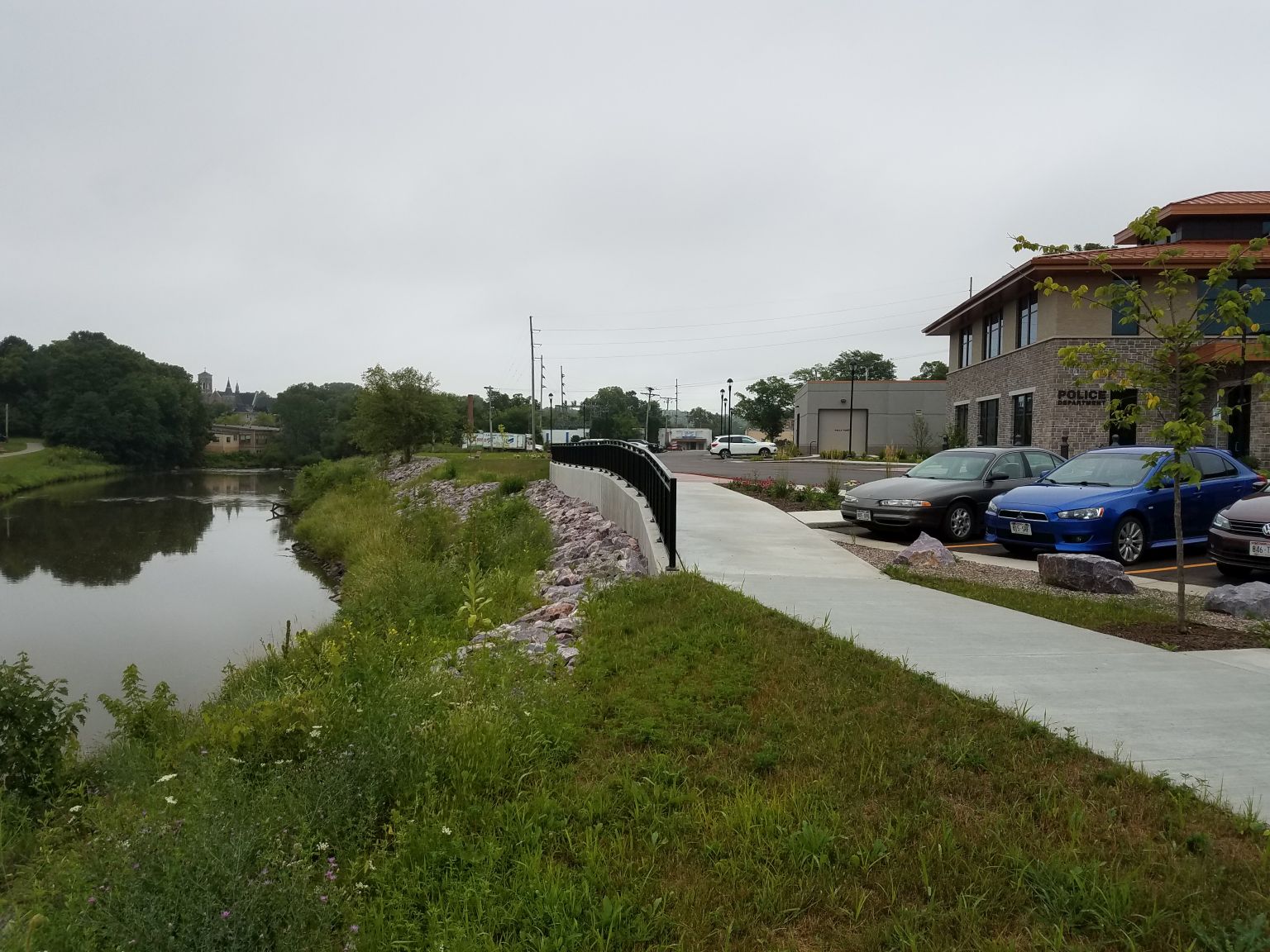Designed for the Oregon School District, Forest Edge Elementary School is the first net zero elementary school in the Midwest and one of just 74 verified net zero public projects in America. It establishes a new benchmark for progressive educational facility design and is proving it’s never too early to begin environmental education. With electrical design for 114,000 square feet of geothermal heat, 2,000 photovoltaic panels and on-site battery storage to sell excess energy back to a local electric utility, MSA and Bray Associates are helping the school district make an impact—while scarcely leaving a footprint.

The Oregon School District recognized a steady increase in the student population and knew they needed to add a fourth elementary school, this one to serve the far north end of the district. With the passing of a substantial local referendum in 2018, the process began in earnest in 2019, with a compelling vision to do things differently. Incorporating an abundance of input from local residents, students and surrounding neighborhoods, the new Forest Edge Elementary School is not only alleviating the overcrowding issues of the district, but serving as a benchmark of sustainable design and environmental education.

With Bray Architects at the helm of architectural components, they asked MSA to lead the design of the school’s sophisticated electrical distribution system, which incorporates a large photovoltaic display and battery network. 2,000 roof-mounted solar panels are expected to generate 500 kW of energy to recharge a network of batteries and support building operations by providing power for lighting and geothermal heating and cooling throughout. The solar display is backed by a 125-kVA on-site battery storage system which is expandable to 500 kVA to accommodate future needs. The batteries provide peak shaving for the school, which means that the batteries are charged whenever electricity rates are at their lowest, during off-peak hours or when solar activity is highest. This not only eliminates excess demand charges imposed by the electric utility, but provides power to the building during nighttime hours. In addition, if the batteries are fully charged and the photovoltaic panels are providing more energy than is needed, excess energy is returned to the grid and sold back to the electric utility company.
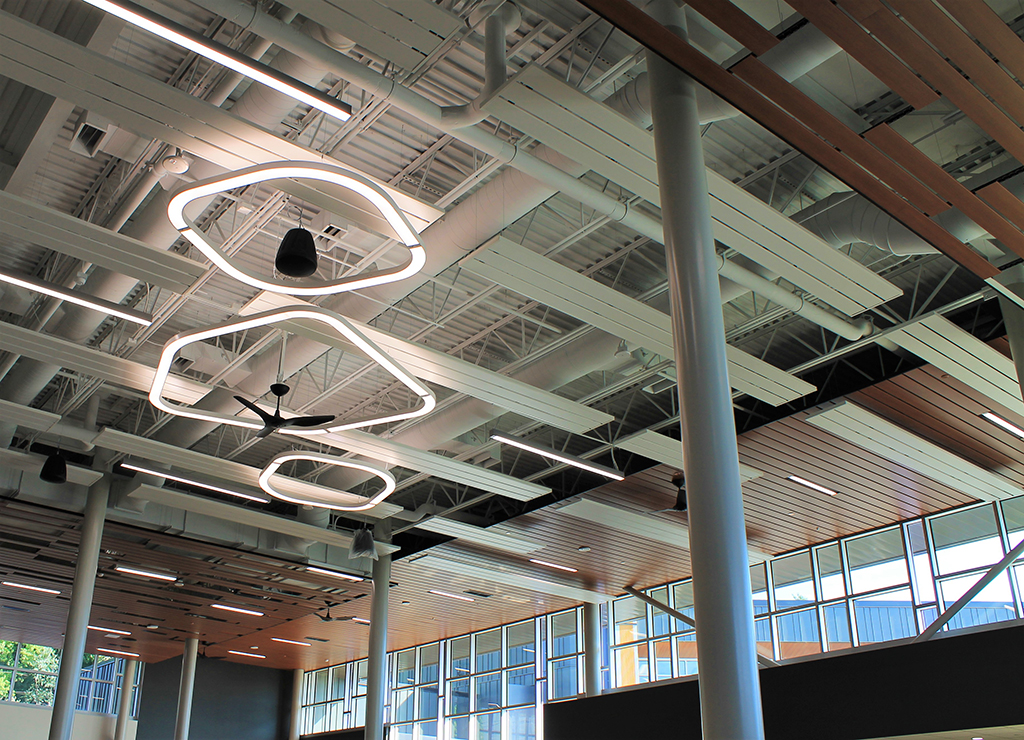
Bray and MSA worked in tandem to create a system that is highly efficient and sustainable, while also acting as an educational opportunity for students. Large interactive LED displays have been placed in the school’s commons area so that students can see how the facility is using energy—and where. They can also track how much energy the photovoltaic panels are producing and if the battery storage system is recharging or discharging the building loads.
Throughout Forest Edge, rooms and hallways are dotted with unique, energy-efficient LED light fixtures. MSA integrated components that utilize internal photosensitive and occupancy controls, allowing facility management to adjust the light level of each fixture to the minimum light necessary or to turn off lights when rooms are unoccupied. Additional behind-the-scenes projects led by MSA included electrical controls and connections for all outlets, light fixtures, sensory-driven parking lot lighting, and complete audio-visual, security and fire protection systems. Plumbing was also a major component of the project, with MSA integrating piping from over 100 wells drilled beneath the parking lot into the building for geothermal heating, cooling and general water use.
The Forest Edge Elementary School opened in early fall, 2020, and helped the MSA team earn a 2020 Focus on Energy New Construction Trade Ally Award in the category of Electrical Engineering. MSA’s contributions also earned a spot on the The Daily Reporter 2021 Engineering Feats Power List – a selection of the top 10 projects representing innovative work, industry advancements and excellence in the Wisconsin built environment.
The community and school district are excited to empower learning opportunities in this collaborative, inspiring, sustainable new space.
